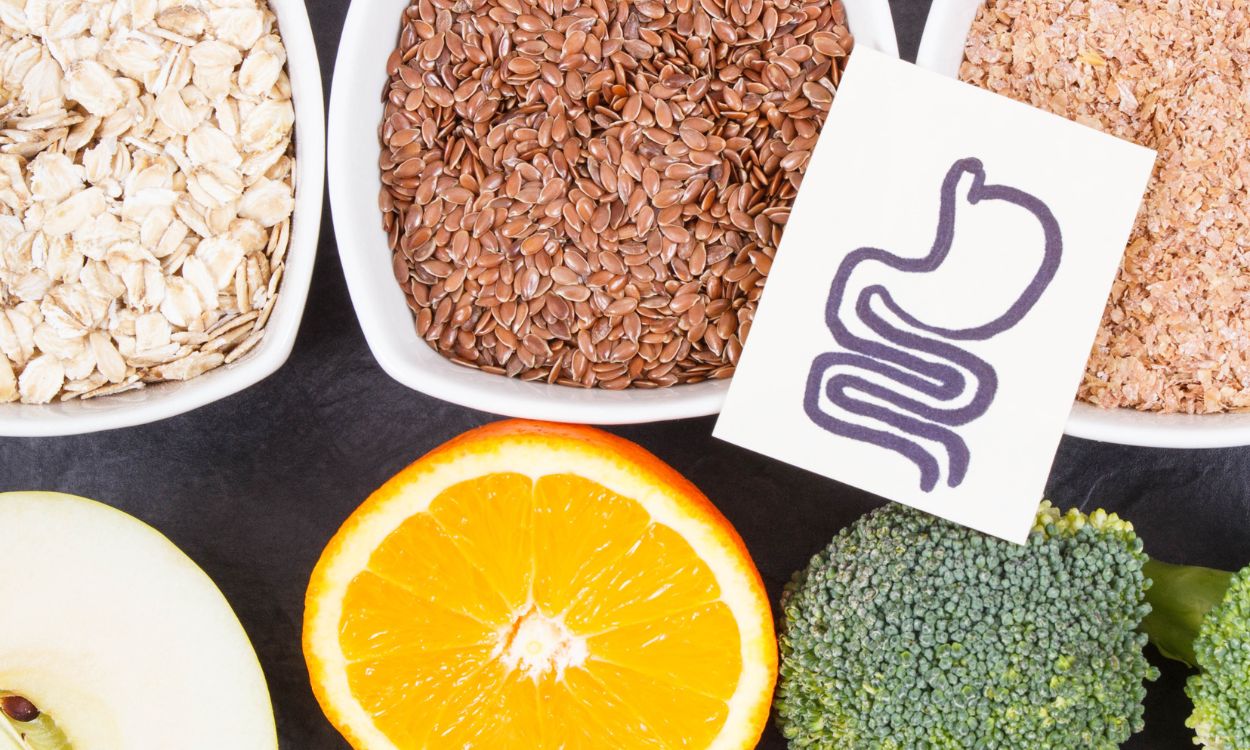The Benefits of a High-Fiber Diet for Digestive Health
Are you looking for a way to improve your digestive health? Look no further than a high-fiber diet! Fiber is an essential nutrient that plays a crucial role in maintaining a healthy digestive system. In this article, we will explore the benefits of a high-fiber diet and how it can help you achieve your health and fitness goals.
What is Fiber?
Fiber is a type of carbohydrate that cannot be digested by the body. Instead, it passes through the digestive system largely intact. There are two types of fiber: soluble and insoluble. Soluble fiber dissolves in water and forms a gel-like substance in the digestive tract. Insoluble fiber does not dissolve in water and adds bulk to the stool.
Benefits of a High-Fiber Diet
- Promotes Regularity: A high-fiber diet can help prevent constipation and promote regular bowel movements. Insoluble fiber adds bulk to the stool, which helps it move through the digestive system more easily. Soluble fiber helps to soften the stool, making it easier to pass.
- Reduces the Risk of Digestive Disorders: A high-fiber diet has been shown to reduce the risk of digestive disorders such as diverticulitis, hemorrhoids, and irritable bowel syndrome (IBS). Fiber helps to keep the digestive system healthy by promoting regularity and preventing inflammation.
- Lowers Cholesterol Levels: Soluble fiber has been shown to lower cholesterol levels by binding to cholesterol in the digestive tract and preventing it from being absorbed into the bloodstream. This can help reduce the risk of heart disease.
- Helps with Weight Management: High-fiber foods are generally low in calories and can help you feel full for longer periods of time. This can help with weight management by reducing overall calorie intake.
- Regulates Blood Sugar Levels: Soluble fiber slows down the absorption of sugar into the bloodstream, which can help regulate blood sugar levels. This can be especially beneficial for people with diabetes.
How to Incorporate More Fiber into Your Diet
The recommended daily intake of fiber is 25 grams for women and 38 grams for men. Here are some tips for incorporating more fiber into your diet:
- Eat More Fruits and Vegetables: Fruits and vegetables are excellent sources of fiber. Aim to include at least five servings of fruits and vegetables in your diet each day.
- Choose Whole Grains: Whole grains are a great source of fiber. Choose whole grain bread, pasta, and rice instead of their refined counterparts.
- Snack on Nuts and Seeds: Nuts and seeds are high in fiber and make a great snack. Try snacking on almonds, pistachios, or sunflower seeds.
- Add Legumes to Your Diet: Legumes such as beans, lentils, and chickpeas are high in fiber and protein. Try adding them to soups, salads, or as a side dish.
Conclusion
A high-fiber diet is essential for maintaining a healthy digestive system. It can help prevent constipation, reduce the risk of digestive disorders, lower cholesterol levels, aid in weight management, and regulate blood sugar levels. By incorporating more fiber-rich foods into your diet, you can improve your overall health and achieve your health and fitness goals. To get started on your journey towards better health, download the Fitpaa app today and let us help you achieve your goals with guaranteed results!











